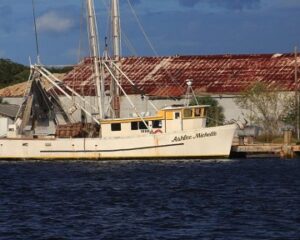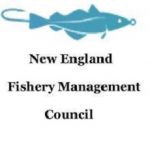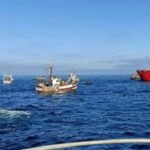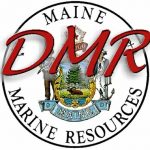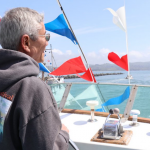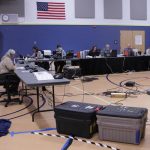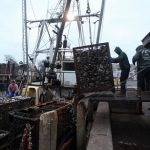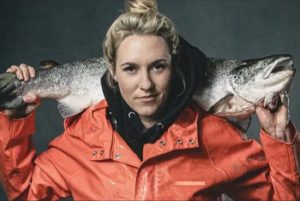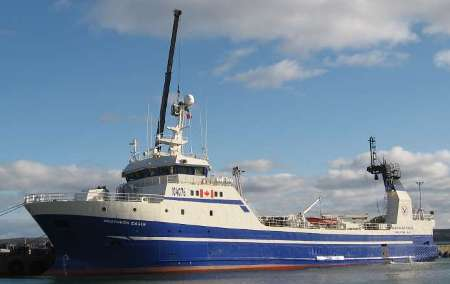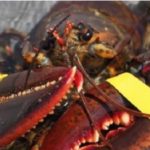You don’t see shrimp trawlers working the sea like you once did. You don’t see them coming in with their photogenic outriggers up. To be clear, trawlers still work the sea but nowhere in numbers like they once did.,, Times were you’d see them out at sea working, nets out, capturing shrimp. Beachgoers would see several trawlers with nets up coming home with a haul. Beachgoers and locals alike knew where to get fresh-caught shrimp and it was no marketing spin. It was the real deal, but those days are slipping away. Regulations, pollution, imports, inaccessible shrimping grounds, mariculture, maintenance costs, aging fleets, and other factors have put the hurt on the shrimping industry. >click to read< 07:36
Tag Archives: South Atlantic
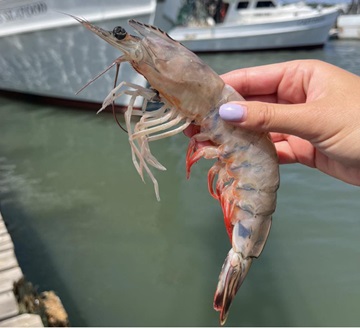
‘Catastrophic crisis’: Imported shrimp flood US market
Foreign shrimp imports are overwhelming the country’s inventories of shrimp and driving market prices for locally sourced shrimp to record lows, prompting widespread calls from elected officials and organizations throughout southern Atlantic and Gulf Coast states for the federal government to declare a fishery resource disaster. Governors of coastal states from North Carolina to Florida to Texas are being pressed to ask U.S. Commerce Secretary Gina Raimondo to determine a fishery resource disaster for the South Atlantic and Gulf of Mexico shrimp fishery. In what one North Carolina coastal county’s board of commissioners refer to as an “unprecedented catastrophic crisis,” shrimpers are struggling to maintain operations because they’re making substantially less for their catch while paying historically high fuel prices and other inflation-driven costs. Shrimpers are also being forced to dock their freezer boats, or vessels with onboard freezers, because they can’t move their product in a market flooded with frozen shrimp from overseas. >>click to read<< 09:40
Louisiana shrimpers, lawmakers unite to protect domestic fisheries as season begins
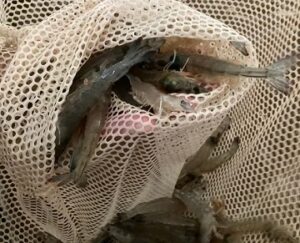 The Louisiana Shrimp Association joined in a letter that said the influx of imported shrimp has proven especially problematic for domestic harvesters. Nineteen other allied organizations and companies, representing more than 4,000 seafood businesses of the U.S. Gulf of Mexico and South Atlantic region also signed onto the letter. “Despite rising costs for fuel and labor, the price of Gulf shrimp, for example, has not increased since 1980. For the past 40 years, the average dockside price of Gulf shrimp has ranged from $1.50-$2.00 per 2 pounds,” the letter said. The Louisiana Legislature on June 6 presented House Concurrent Resolution 113 to the Secretary of State. The resolution urges Congress to ban the import of shrimp and crawfish from outside the United States. >click to read< 11:24
The Louisiana Shrimp Association joined in a letter that said the influx of imported shrimp has proven especially problematic for domestic harvesters. Nineteen other allied organizations and companies, representing more than 4,000 seafood businesses of the U.S. Gulf of Mexico and South Atlantic region also signed onto the letter. “Despite rising costs for fuel and labor, the price of Gulf shrimp, for example, has not increased since 1980. For the past 40 years, the average dockside price of Gulf shrimp has ranged from $1.50-$2.00 per 2 pounds,” the letter said. The Louisiana Legislature on June 6 presented House Concurrent Resolution 113 to the Secretary of State. The resolution urges Congress to ban the import of shrimp and crawfish from outside the United States. >click to read< 11:24

Proposed Snowy Grouper Management Measures Will Harm the Stock and Commercial Fishermen — Help Us Fight
Last fall the [SAFMC] South Atlantic Fishery Management Council approved Amendment 51 to the South Atlantic Snapper/Grouper FMP. Now the National Marine Fisheries Service (NMFS) is considering whether or not to sign it into law. Amendment 51 would modify snowy grouper management measures for the worse. It will continue to allow recreational sector over-harvesting, increase recreational dead discards, harm the stock, and deal another devastating blow to commercial fishermen in the South Atlantic. Our commercial fisheries are under attack with a 43% reduction of ACL and Amendment 51 is just the latest salvo with more to come. Now is our chance to stand up for conservation and commercial fishermen. >click to read< 10:45
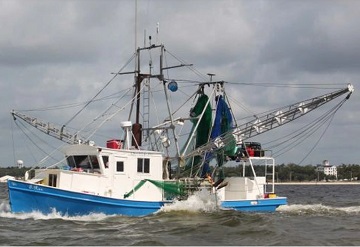
USDA to buy $25 million in shrimp
The United States Department of Agriculture is purchasing $25 million in shrimp caught in the Gulf of Mexico and South Atlantic. The purchase will provide relief to Louisiana’s shrimp industry, according to Congressman Garret Graves’ office. The USDA will use the shrimp for food nutrition assistance programs, according to Congressman Clay Higgins’ office. The USDA made similar purchases of shrimp in 2020 and 2021. >click to read< Southern Shrimp Alliance Applauds Announcement of $25 Million in Additional USDA Section 32 Purchases of Shrimp – >click to read< 15:18
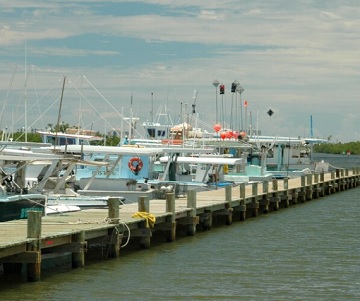
NOAA ups observers in commercial snapper-grouper fishery from NC to east Florida
The federal government plans to increase observation of the commercial snapper-grouper fishery from North Carolina to east Florida, with an eye to improving population assessments. “Historically the observer data have been lacking from the South Atlantic snapper-grouper fishery,” the National Oceanic and Atmospheric Administration’s fisheries division said in a news release Friday. Information gathered will verify coastal logbook catch rates, counts and measurements of discarded fish, and the catch per unit effort for the commercial sector. >click to read< 18:39






